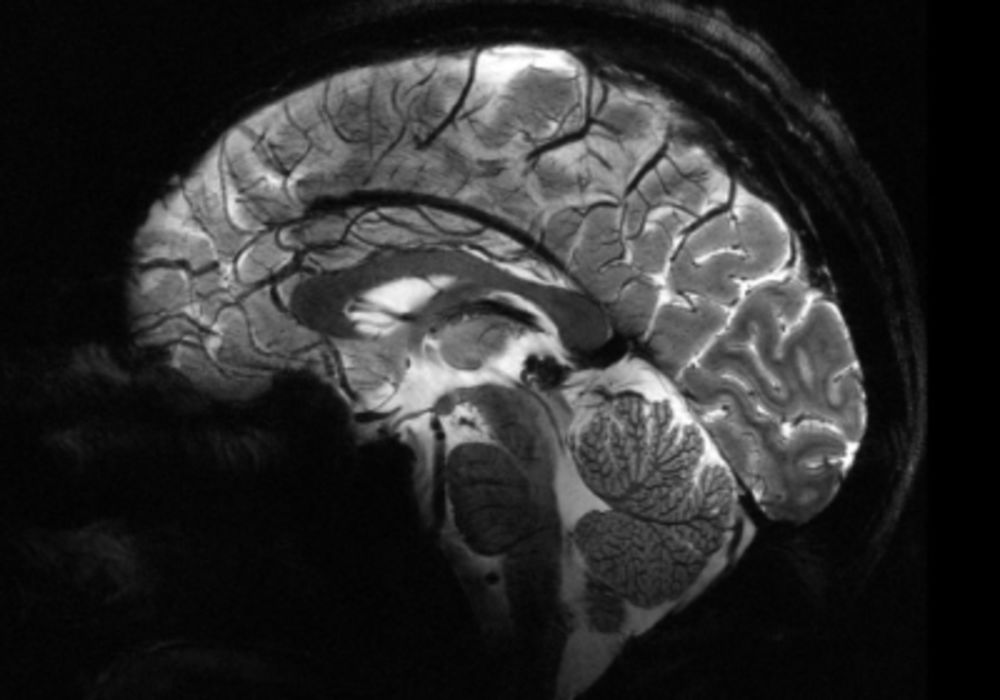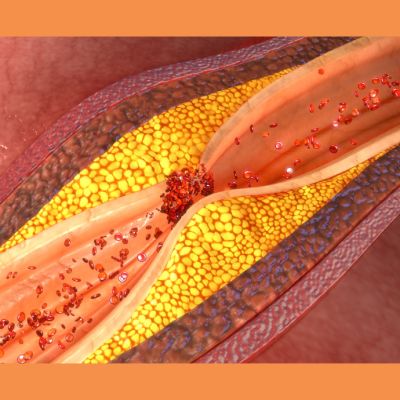The French Atomic Energy Commission (CEA) has unveiled a collection of in vivo human brain images captured using the groundbreaking Iseult MRI machine, renowned for its unparalleled 11.7 teslas magnetic field strength. This achievement culminates over two decades of intensive R&D within the Iseult project, which set out with a primary objective to create the world's most powerful MRI machine. The machine aims to study both healthy and diseased human brains with an unprecedented resolution, paving the way for uncovering new insights into the brain's anatomy, connections, and functions.
Rapid Imaging Revolution: Capturing Brain Anatomy in Minutes
Remarkably, it took just under four minutes to obtain some of the most astonishing anatomical brain images from participants in the inaugural study involving the Iseult MRI machine. This state-of-the-art scanner, leveraging magnetic resonance imaging technology, boasts a magnetic field intensity of 11.7 teslas, establishing it as the most powerful MRI system to date. Despite the brief acquisition time, the images showcase impressive clarity, boasting a resolution of 0.2 mm in-plane and 1 mm slice thickness, capturing a volume equivalent to several thousand neurons. To put this in perspective, achieving similar image quality with conventional hospital MRI scanners (1.5 or 3 teslas) would require several hours, which is impractical due to patient discomfort and potential image blurring from movement.
Advancing Medical Research: The Impact of Iseult's Detailed Imaging
The exceptional resolution attained by the Iseult MRI machine opens up an avenue to glean insights into previously inaccessible information about brain functions, decoding mental representations, and identifying neuronal patterns associated with the state of consciousness. The unprecedented level of detail provided by the Iseult MRI machine can improve medical research in two significant ways. Firstly, the ultra-detailed anatomical data will bolster diagnostic capabilities and healthcare interventions for neurodegenerative conditions like Alzheimer's and Parkinson's disease. Secondly, the Iseult MRI machine will enhance the detection of elusive chemical species with faint signals, challenging to capture at lower magnetic fields, such as:
- Lithium, a medication prescribed for bipolar disorder treatment; precise brain distribution assessments will shed light on its effectiveness.
- Molecules integral to brain metabolism, such as glucose and glutamate. This data will significantly contribute to the understanding of various brain disorders like gliomas and neurodegenerative diseases.
International collaboration: the Team Behind the Iseult Project
The collaborative effort behind the Iseult project involved over 200 experts from CEA, industrial partners, and academic institutions:
- Alstom (now GE), responsible for manufacturing the magnet.
- Siemens Healthineers, tasked with integrating additional peripheral equipment into the MRI system.
- Guerbet, a contrast agent supplier, utilised the ultra-high-field MRI platform at CEA to evaluate and select promising compounds suitable for human use.
- The University of Freiburg in Germany, spearheading the development of innovative technologies and methodologies for ultra-high-field MRI scans.
Source & Image Credit: CEA























